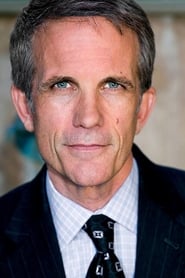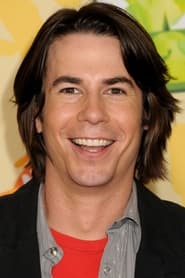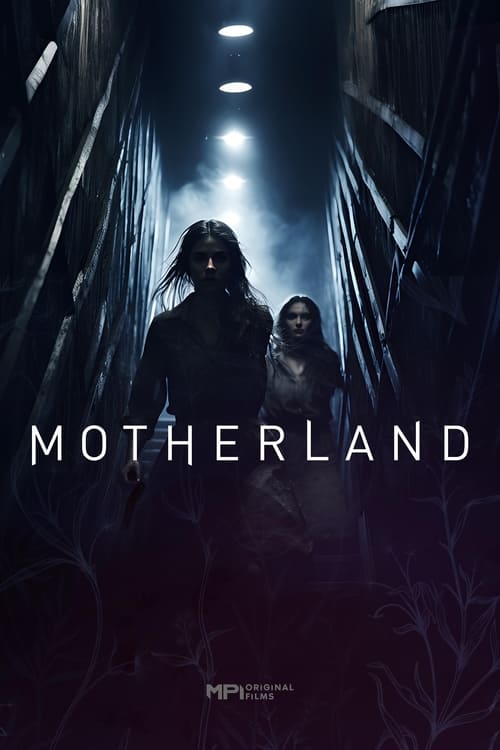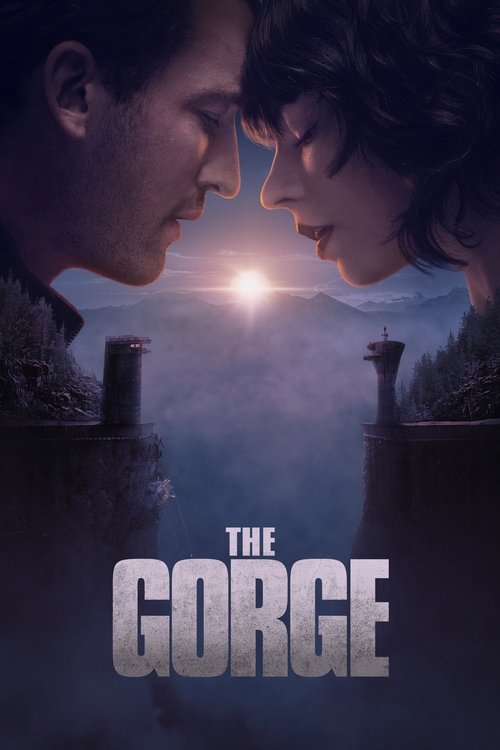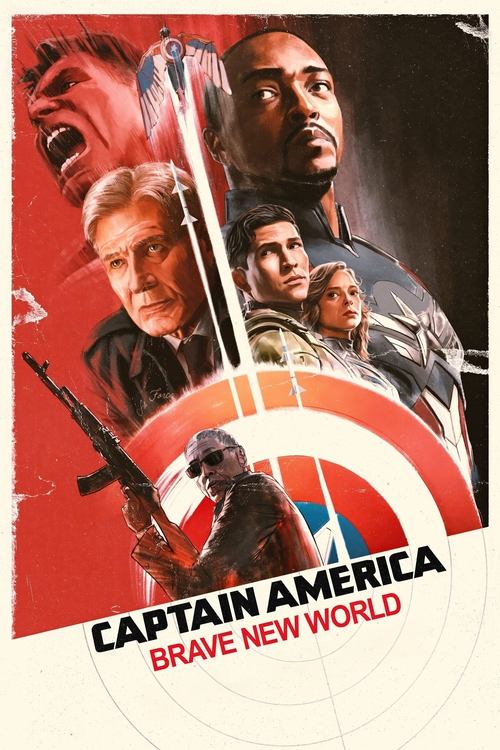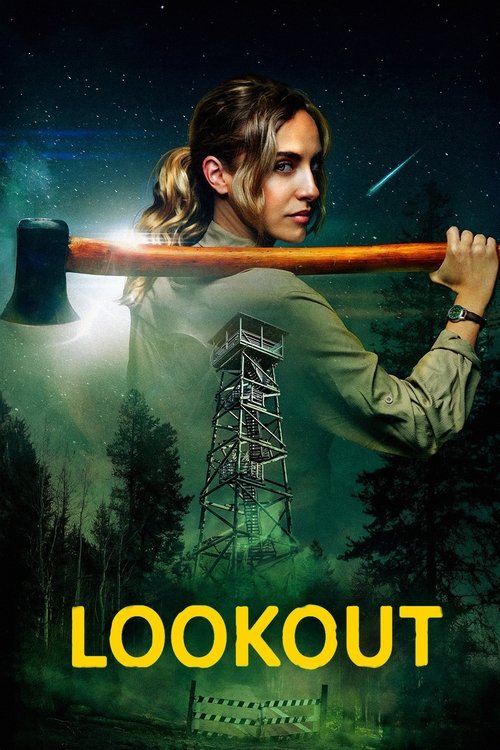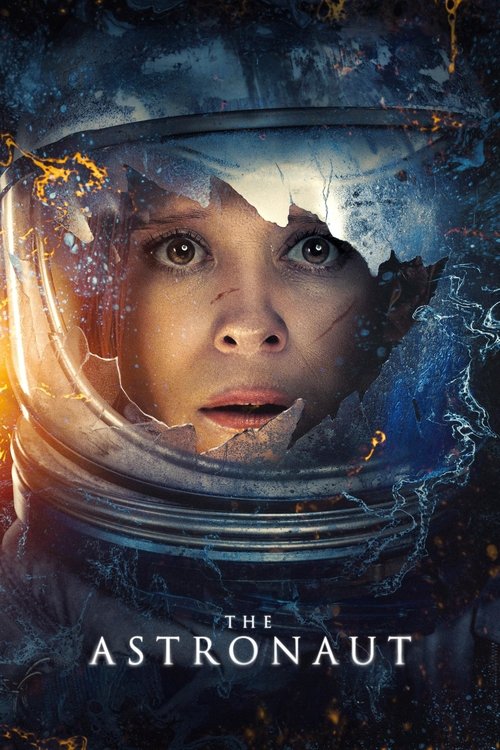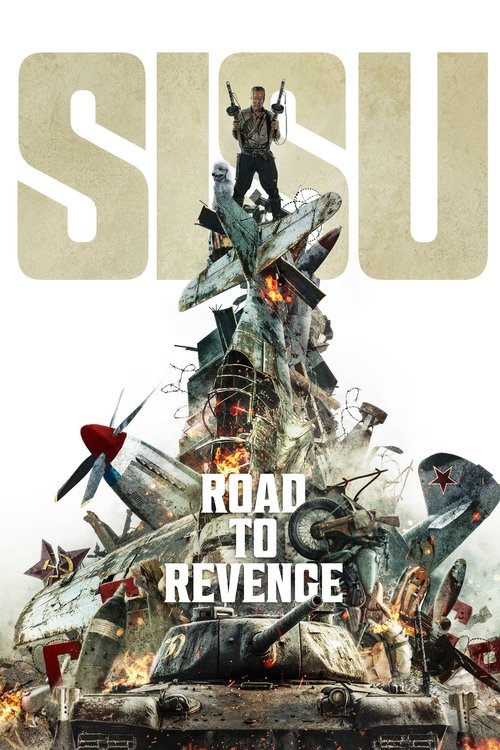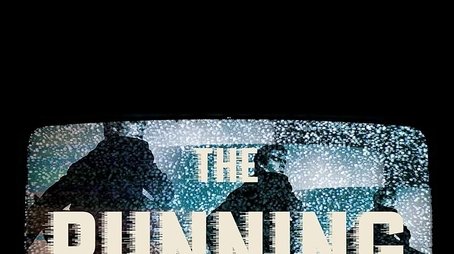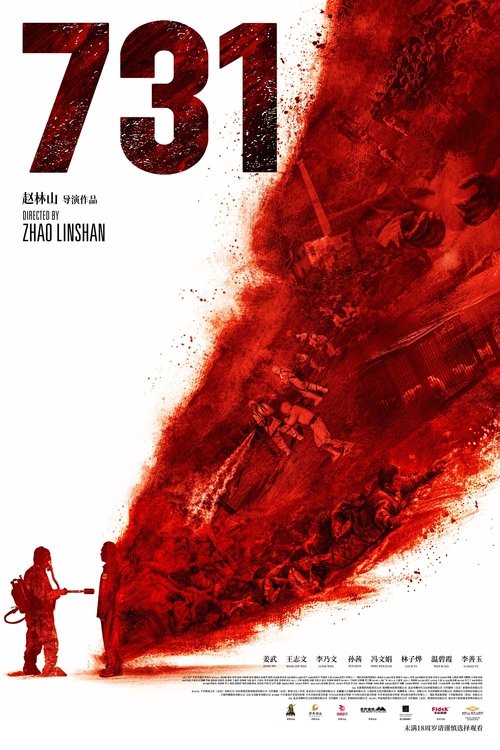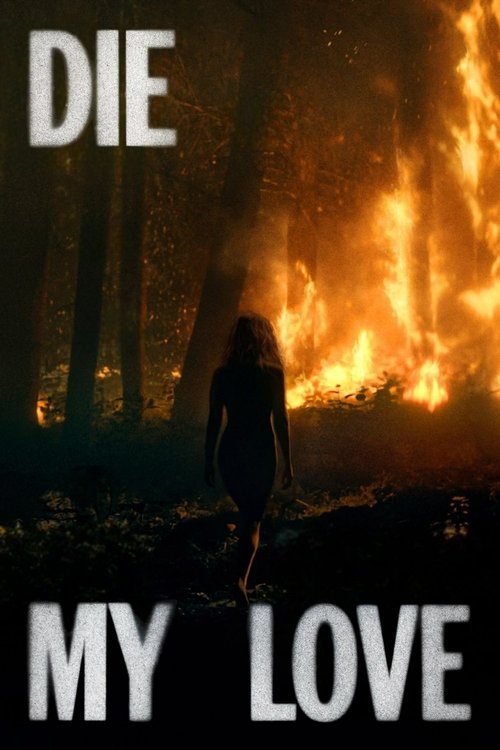
Ask Your Own Question
What is the plot?
Predator: Killer of Killers opens with a solemn epigraph from the Yautja Codex, the ancient code of the Predator species: "Go forth among the stars and seek only the strongest prey. They shall be your trophy. Become the killer of killers." This sets the tone for a saga spanning centuries and cultures, weaving together three distinct stories of human warriors who confront the deadly alien hunters known as Predators.
The first tale, titled The Shield, unfolds in Scandinavia in the year 841. Ursa, a fierce Viking warrior queen, leads her clan and her teenage son Anders on a brutal campaign against the Krivich tribe. Their target is Zoran, the warlord responsible for forcing Ursa to kill her own father, Einar, a traumatic event that haunts her deeply. As they track down Zoran's forces near Lake Ladoga, Ursa's clan ruthlessly slaughters the Krivich warriors. In a climactic confrontation inside Zoran's fortress, Anders delivers the fatal blow by beheading the warlord. However, their victory is short-lived. A massive Predator, distinguished by a metal prosthetic arm capable of emitting devastating sonic blasts, ambushes the Vikings. It methodically picks off Ursa's warriors, leaving Anders gravely wounded. Ursa engages the Predator in a fierce underwater duel on a frozen lake. Using her razor-edged shields and quick thinking, she traps the Predator beneath the ice, impaling its head on an anchor. Though victorious, Ursa cradles her dying son as he succumbs to his injuries. The scene shifts abruptly to Ursa awakening in a high-tech alien cell, a collar locked around her neck, signaling her capture by the Predators.
The narrative then transitions to The Sword, set in feudal Japan in 1609. Brothers Kenji and Kiyoshi Kamakami, sons of a powerful samurai warlord, are ordered by their father to duel for the right to inherit his legacy. Kenji refuses to fight his brother, but Kiyoshi attacks him, slashing Kenji's cheek and forcing him into exile. Years later, after their father's death, Kiyoshi rules as lord while Kenji has become a stealthy shinobi living in the shadows. Kenji returns to confront Kiyoshi, infiltrating his brother's castle with lethal precision. The brothers engage in a tense sword fight, with Kenji avenging his scar by cutting Kiyoshi's cheek. As Kiyoshi falls into the castle moat, a Predator emerges, killing Kiyoshi's guards with brutal efficiency. Kenji escapes the initial attack and rescues his wounded brother. United by survival, the siblings join forces to battle the Predator. They exploit its camouflage and weaponry, ultimately slicing the alien into three pieces. Despite their victory, Kiyoshi dies from his wounds beside Kenji. Like Ursa, Kenji awakens later in an alien cell, restrained by a collar, alongside other captives.
The third story, The Bullet, takes place during World War II in 1942. John J. Torres, a Latino-American mechanic and newly drafted pilot, serves aboard a U.S. Navy aircraft carrier near Vichy France. Torres dreams of flying but is initially grounded by Captain Vandy, who insists Torres ensure the planes are combat-ready. When a mysterious, nearly invisible enemy destroys a squadron, Torres discovers a strange alien spearhead lodged in a downed plane's engine. Disobeying orders, he takes to the skies in a battered Grumman F4F Wildcat fighter he calls "the Bullet." Torres arrives too late to save his comrades as a Predator pilot attacks, decimating the squadron with advanced weaponry including hooks, nets, and a laser whip. Captain Vandy sacrifices himself in a desperate attempt to buy Torres time, being torn apart by the Predator's weapons. Torres uses his mechanical ingenuity to outmaneuver the Predator, leading it into enemy anti-aircraft fire and tricking it into destroying its own ship by pulling out its engine with a harpoon. After the war ends, Torres is abducted from his garage by a Predator ship and placed into suspended animation.
Torres awakens in a high-tech cell on an alien world, where he finds himself imprisoned alongside Ursa and Kenji. Each wears a collar that can detonate if they disobey. The three captives, unable to communicate due to language barriers, are thrust into a gladiatorial arena before a towering Predator warlord known as the Grendel King. The Warlord commands them to fight each other to the death, with the last survivor earning the right to challenge him. Ursa, driven by vengeance for her son, immediately attacks Torres and Kenji, but the trio soon realizes cooperation is their only chance for survival. The Grendel King releases a colossal alien beast into the arena, which swallows Torres whole. Inside the creature, Torres fights desperately and manages to wound it from within until it is subdued and crushed by a bulldozer-like machine. Freed, Torres disables the collars on their necks by commandeering a Predator control panel scavenged from a fallen hunter.
The three warriors band together and make their way toward the Grendel King's ship. Ursa and Kenji engage the Warlord in brutal combat, inflicting serious damage. Torres sneaks aboard the ship and figures out how to pilot it. The Grendel King retaliates fiercely, severing Kenji's right arm with a thrown spear. As the trio attempts to escape, Predator soldiers fire a massive harpoon that anchors the ship to the ground. Ursa selflessly sacrifices herself by sliding down the harpoon cable to destroy the launcher, allowing Torres and Kenji to take off. The Grendel King orders his fleet to hunt the escaping humans, rallying his forces with a chilling command: "Let's go hunting!".
Ursa is returned to suspended animation, placed alongside other human captives who have killed Predators, including Naru, the Comanche warrior from Prey (1719), Mike Harrigan from Predator 2, and Dutch Schaefer from the original Predator film. The closing scenes hint at a larger Predator mythology and future confrontations, with the captured warriors awaiting their next trials.
Throughout the film, the three stories are interwoven with rich cultural detail and intense action sequences. Ursa's Viking saga features visceral melee combat and a harrowing underwater duel. Kenji and Kiyoshi's samurai tale blends stealth, honor, and brotherly conflict culminating in a rooftop chase and a deadly riverbank battle. Torres's World War II arc showcases aerial dogfights, mechanical ingenuity, and sacrifice. The final act unites these disparate warriors in a savage arena fight, blending their unique fighting styles and weapons against overwhelming alien odds.
The film's animation allows for graphic and dynamic violence, with detailed depictions of brutal kills, decapitations, and dismemberments that emphasize the lethal nature of the Predators and the resilience of their human prey. The Predators themselves are portrayed with varied designs and abilities, avoiding uniformity and underscoring their alien diversity.
In sum, Predator: Killer of Killers chronicles the relentless hunt across time and space, spotlighting three legendary human fighters who become trophies themselves, forced to battle not only the Predators but each other, in a deadly contest for survival and honor.
What is the ending?
At the end of Predator: Killer of Killers (2025), the three main warriors from different eras-- the Viking raider and her son, the feudal Japanese ninja, and the WWII pilot--each confront the Predator in their respective battles. The film culminates with their combined struggles against the Predator, highlighting their courage and resolve, but ultimately, the Predator remains a relentless and deadly force. The fates of the main characters vary: some survive their encounters, while others fall, underscoring the brutal nature of the Predator as the ultimate hunter.
Expanding on the ending scene by scene:
The film's final act weaves together the three separate storylines, each set in a distinct historical period, converging on the theme of humans facing the Predator as the ultimate "killer of killers."
-
Viking Storyline: The Viking raider, driven by a quest for revenge and guided by her young son, leads her clan into a fierce battle against the Predator. As night falls on the battlefield, she rallies her warriors with a stirring speech about fighting together to kill the monster. The scene is tense and visceral, with the Vikings using spears and fire in a desperate attempt to overcome the Predator's advanced technology and brutal strength. The mother-son bond is emphasized as they fight side by side. Despite their valor, the Predator's superior hunting skills make the fight deadly. The Viking mother survives but is gravely wounded, while her son witnesses the harsh reality of their enemy.
-
Feudal Japan Storyline: The ninja, embroiled in a brutal succession battle against his Samurai brother, faces the Predator in a shadowy forest. Their conflict is both personal and deadly, with the ninja initially focused on his human rival but forced to confront the alien hunter. The Predator's stealth and lethal precision challenge the ninja's skills. The fight sequences are stylized, blending traditional martial arts with sci-fi horror elements. The ninja manages to wound the Predator but is ultimately forced to retreat, surviving but marked by the encounter.
-
WWII Pilot Storyline: The WWII pilot takes to the skies to investigate an otherworldly threat to the Allied cause. His aerial combat scenes are intercut with ground battles where the Predator stalks soldiers. The pilot's determination to protect his comrades leads him into a direct confrontation with the Predator. Using both his flying skills and ingenuity, he manages to damage the Predator's equipment. However, the Predator's resilience and adaptability make it a formidable foe. The pilot survives but is left with a deep understanding of the Predator's menace.
The film closes with a montage showing the three warriors, each changed by their encounters, reflecting on their survival and the ongoing threat of the Predator. The final moments emphasize that while humans can fight back and sometimes survive, the Predator remains an apex hunter, a relentless force that transcends time and culture.
In terms of character fates:
- The Viking mother survives but is wounded, her son alive but scarred by the violence.
- The ninja survives his battle but is forced into a cautious withdrawal.
- The WWII pilot survives with a new awareness of the alien threat.
The ending leaves the Predator as an enduring and deadly presence, setting the stage for future conflicts and underscoring the film's theme of humanity's resilience against an unstoppable hunter.
Who dies?
Yes, several characters die in Predator: Killer of Killers (2025), with detailed circumstances as follows:
-
Ursa (the Viking warrior) sacrifices herself near the end of the film. During the escape attempt from the Predator gladiatorial arena, the Predators fire a harpoon that anchors the ship Torres and Kenji are trying to flee on. Ursa stays behind to break the harpoon cable, using her shield to slide down and destroy the launcher. This act allows Torres and Kenji to escape, but Ursa is captured again by the Predators and placed back into suspended animation. She dies in the sense of sacrificing her freedom and likely facing further combat, but she is not killed outright; she is frozen to fight again later.
-
The gigantic alien beast unleashed by the Predator warlord (the Grendel King) in the arena swallows Torres. Torres manages to kill the beast from inside, wounding and ultimately killing it, with help from Ursa and Kenji. The beast's death is crucial for their escape.
-
Kenji (the samurai) loses his right arm during the battle with the Grendel King, who severs it with a thrown spear. Kenji survives but is seriously wounded.
-
The Predator warlord (Grendel King) is badly damaged in the fight with Ursa and Kenji but is not killed. He rallies his forces to hunt down Torres and Kenji after their escape.
-
Other humans and aliens, including fan-favorite characters like Naru, Mike Harrigan, and Dutch Schaefer, are shown as captives in suspended animation but are not killed during the film.
In summary, Ursa is the only main human character who dies in a sacrificial manner, enabling the others to escape. Torres and Kenji survive but are wounded and pursued. The film ends with Ursa captured again, setting up potential future conflicts.
Is there a post-credit scene?
The movie Predator: Killer of Killers (2025) does not have a traditional post-credits scene. There is no extra scene after the credits that teases future stories or directly sets up the next film Predator: Badlands. However, the film's ending itself and the credits sequence contain important narrative elements and world-building details that reshape the Predator lore and timeline.
That said, there is an updated or new post-credits scene released later, which features characters Dutch and Mike Harrigan from the original Predator movies (Predator 1 and 2). This updated scene has been analyzed by fans and commentators as a significant tease for future developments in the franchise, potentially linking the animated anthology to the live-action films and expanding the universe. This updated scene is not part of the original theatrical or streaming release but was added afterward as a bonus or promotional content.
In summary:
- Original release: No traditional post-credits scene.
- Updated/new post-credits scene (released later): Features Dutch and Mike Harrigan, serving as a major franchise tease.
- The film's ending itself involves three warriors from different eras trapped on a Predator hunting planet, which is a key narrative element but not a post-credits scene.
If you are watching the original movie, you do not need to wait after the credits for an extra scene, but the updated post-credits content is available separately online.
What weapons do the main characters use in their battles against the Predators in Predator: Killer of Killers?
In Predator: Killer of Killers, the three main characters are given weapons from their own times: Ursa wields an axe, Kenji uses a sword, and Torres is armed with a flintlock pistol during their fight against the Warlord Predator and other threats.
How does the character Ursa's story conclude in the film?
Ursa sacrifices herself to allow Torres and Kenji to escape by staying behind to break a harpoon anchoring their ship, after which she is captured and put into stasis alongside other humans who have killed Predators, including Naru from Prey.
What is the relationship between Kenji and Kiyoshi, and how does it affect their encounter with the Predator?
Kenji and Kiyoshi are brothers and sons of a samurai warlord; Kenji refuses to duel Kiyoshi to determine their father's successor, leading to Kiyoshi defeating him and Kenji fleeing. Years later, Kenji returns, defeats Kiyoshi in a sword fight, and together they fight a Predator, ultimately killing it, though Kiyoshi dies from his injuries.
What is the significance of the collars worn by the characters during their fight with the Warlord Predator?
The collars worn by Ursa, Kenji, and Torres can be activated by the Warlord Predator to kill them instantly if they refuse to fight. However, the collars deactivate and fall off after Torres escapes from a giant beast and frees the others, allowing them to continue their battle and attempt escape.
Who is the Warlord Predator and what role does it play in the story?
The Warlord Predator is the main antagonist who forces Ursa, Kenji, and Torres to fight by threatening them with explosive collars. It unleashes a gigantic beast against them, fires a harpoon to anchor their ship, and ultimately leads a squadron of ships to hunt the survivors after Ursa's sacrifice.
Is this family friendly?
Predator: Killer of Killers (2025) is not family friendly and carries an R rating primarily for strong bloody violence, gore, and some strong language. It is an animated anthology featuring intense combat scenes across three historical eras, with graphic depictions of humans fighting each other and alien creatures, resulting in death and injuries with copious blood and gore.
Potentially objectionable or upsetting content for children or sensitive viewers includes:
- Numerous scenes of violent combat involving humans and alien predators, with graphic blood and gore.
- Depictions of death and injury in battle.
- Some strong language, including at least two uses of F-word derivatives.
- Intense emotional and psychological themes related to war, sacrifice, and survival.
- Scenes of yelling, arguments, and tense confrontations.
- Use of native languages with subtitles, which might be challenging for younger viewers but not objectionable per se.
Given these elements, the film is best suited for mature audiences comfortable with graphic violence and adult themes. It is not appropriate for children or those sensitive to intense violence or strong language.


















